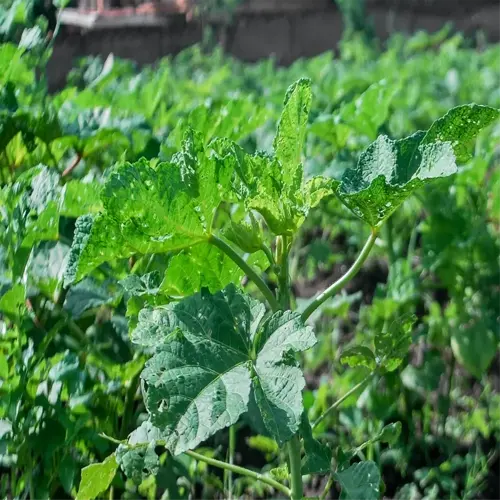Why aren't fresh olives sold in stores?

Written by
Benjamin Miller
Reviewed by
Prof. Martin Thorne, Ph.D.How to grow olives explains why raw olives aren't sold at shops. That is, fresh olives, harvested olives, still contain oleuropein, a bitter compound that makes it inedible. I had a client the other day who tried raw olive for the first time. She vomited it out because the astringency was shocking for someone not used to it. Curing olives takes that unfit food and turns it into something we eat and like.
Oleuropein Effects
- Natural defense against pests/animals
- Causes extreme bitterness in raw olives
- Breaks down during curing process
Home Curing Solutions
- Brine: 10% salt solution for 6-8 weeks
- Dry salt: Layer olives for 4-6 weeks
- Water method: Daily rinses for 2+ months
The use of commercial lye curing does speed things up, but it requires accuracy. A client of mine once made a batch himself using food-grade lye, but he ruined two batches before finally learning how to dilute it properly. For home cooks, please stick to a salt-based method. Traditional Greek farmers taught me several techniques using basic sun-drying methods that accentuate the natural sweetness of fruit.
Brine Errors
- Insufficient salt allows mold growth
- Skipping daily brine stirring
- Using iodized salt causes metallic taste
Storage Issues
- Exposing jars to direct sunlight
- Storing below 38°F (3°C) halts fermentation
- Non-sterile containers introduce bacteria
Patience is the hallmark of successful curing. I waited 10 weeks for my first batch to mellow. Today's shoppers want instant gratification; cured olives take time to prepare. If you have the patience to wait, you will have the bragging rights of being able to say that these cured olives are better than any store-bought versions. You are participating in one of the oldest food traditions in the world, dating back at least 6000 years in human history.
Read the full article: How to Grow Olives: Step-by-Step Guide for Home Gardeners

